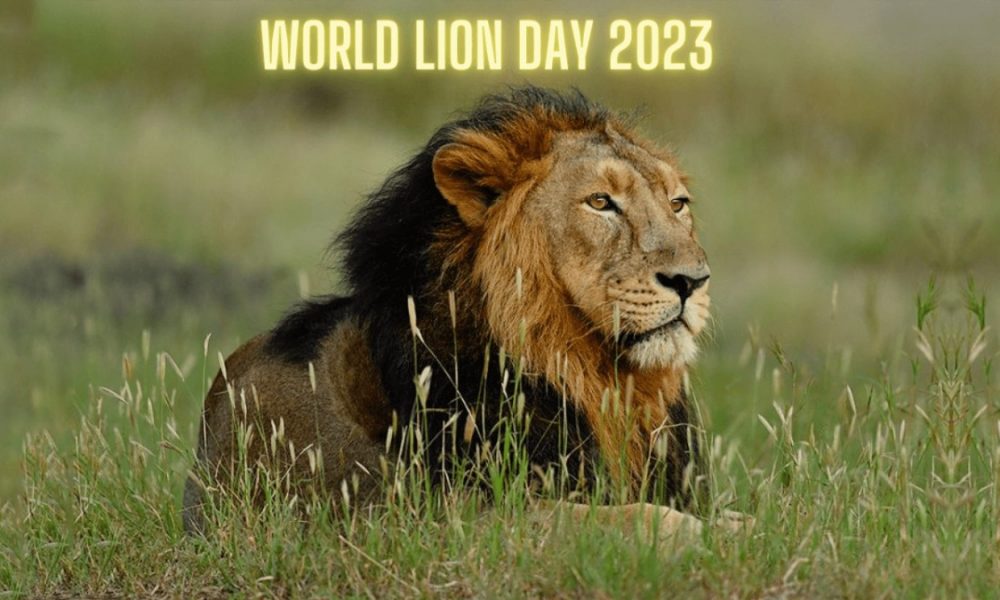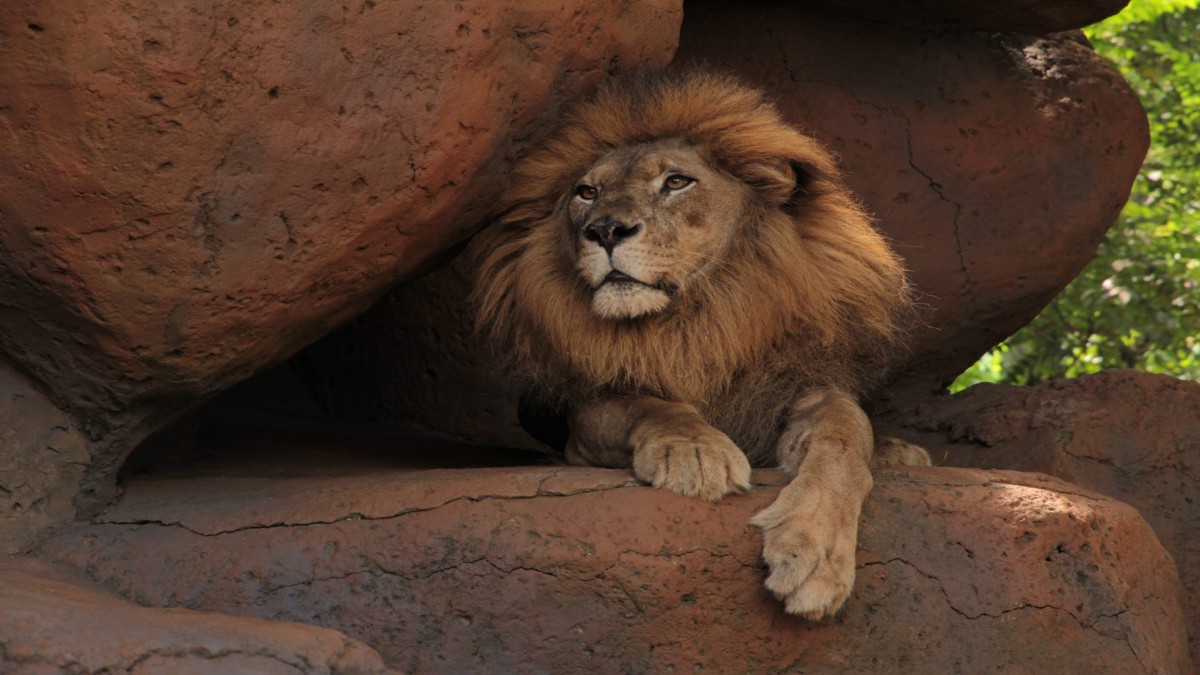
New Delhi: The 10th of August is celebrated as World Lion Day to raise awareness about these magnificent animals and encourage people to work toward their preservation. Because of their grand demeanour and appearance, they are sometimes referred to as “Kings of the Jungle.” Today is World Lion Day, a time to reflect on the role lions play in ecosystems and the consequences of losing them to humankind.
History
In the last century, the world’s lion population has declined by an estimated 80%. Dereck and Beverly Joubert, a husband-and-wife team who saw the need to bring attention to the declining lion numbers and the risks, launched Big Cat Rescue, the world’s biggest recognised sanctuary devoted to lions. The Big Cat Initiative was created in 2009 when the Jouberts reached out to ‘National Geographic’ and forged a collaboration with them.
World Lion Day aims to raise awareness about the plight faced by lions globally. Lions are one of the most well-known and popular animal species in the world and one of Africa’s iconic species. #WorldLionDay2023#EndCaptivity pic.twitter.com/vTx8PqkJh3
— Rhymes⚡ (@Den_is_2) August 10, 2023
The initiative to unite National Geographic and the BCI under a single banner to protect the remaining lions in the wild was launched later in 2013, and since then, every year on August 10, World Lion Day is celebrated to bring attention to the conservation challenges lions face and to honour their significance.
Significance
World Lion Day is an important event because it draws attention to lions and the conservation efforts that are needed to secure the survival of these wonderful creatures in the wild. The day is intended to raise awareness of the cultural and ecological value of lions and the need to protect them.
📢Calling creative people who love animals 📢
It is World Lion Day on August 10th, and we are asking for your support 🦁🧡
Free your creativity for captive lions and share your work using the hashtag #PrideNotCruelty.
More info: https://t.co/mbTPjQainQ @Blood_Lions… pic.twitter.com/pNDctlppMA
— Treeshake (@treeshake) August 3, 2023
Lions are generally seen as symbols of power and bravery. Celebrating these magnificent creatures and acknowledging their significance in many ecosystems is the point of World Lion Day.
On this day, people and organisations throughout the world are encouraged to work together for the greater good of lion conservation. Lions are a vital part of the food chain, and this highlights the need of keeping this system under check.
Other Facts
Do you know that the only place on Earth where the population of wild lions has not decreased dramatically is in Africa? The Asian lion has dropped to “critically endangered” status on the IUCN Red List of Threatened Species.
The lion population, however, has increased steadily in India due to natural migration; this is notably true in Gir Forest, which is now the second biggest habitat for big cats after Africa.
According to the Guardian, a significant increase in the population of these endangered animals has resulted in the presence of over 400 lions in the Gir National Park and another 300 in other sites across Gujarat.
Sasan gir gujrat 👌❤ pic.twitter.com/N4QIJyK7M5
— BHIMSI KHODBHAYA (@KhodbhayaBhimsi) April 30, 2021
It’s also worth noting that the considerably larger African lion is just a distant relative of the smaller Asiatic lions of India.







